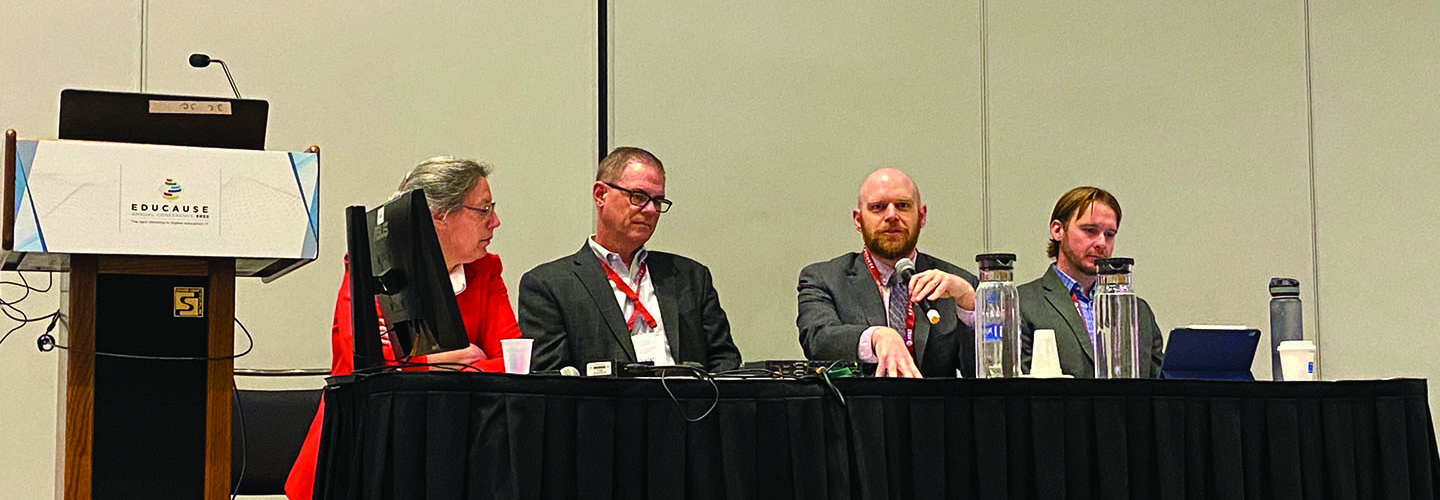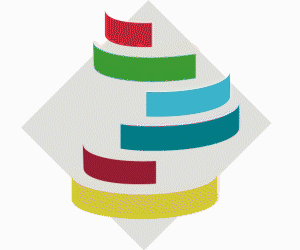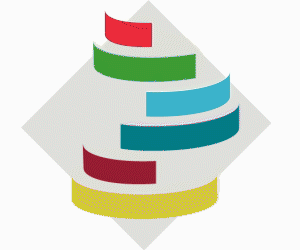Working directly with the student body can be another way to gain insights into their experience. Student governments, for example, typically have a more direct line of communication to the student population than the IT department, said Jason Beaudin, executive director of educational technology at Michigan State University.
Charlie Collick, director of IT accessibility and academic technology at Rutgers University, said data is best used to support meaningful campuswide change when it’s shared across departments.
“For us, it’s less about the data that we’re collecting, because we certainly are collecting a lot of it. But when it ends up in a silo, and strategic decisions are made in that silo based on that data set, that’s where we’re falling short in meeting the needs of our students and faculty,” he said.
Combining centralized and distributed data collection methods can provide insights with wide-reaching implications. At Michigan State, campus departments and organizations are collecting data independently, but in Beaudin’s experience, these organizations are increasingly asking to share their data across the university.
“We’re getting requests coming from all these other groups,” he said. “They approach us with data that they have or request data they’re missing, and then they use it to navigate dialogues with other stakeholders.”
Ongoing Communication Will Lead to Meaningful Outcomes
Anecdotal data is important, Collick said, but should be collected and analyzed effectively to make real change. Faculty and student input should be used not only to prioritize projects, but also to validate the efficacy of how feedback is implemented.
“Often, it’s the loudest voice in the room or the first or last ones to come to us that we’re acting on, jumping on technologies they’re requesting or changes to the technology we’re using,” he said. “I think we need to do a better job of aggregating the information that’s coming in and using it to justify what actions we’re taking, whether that’s selecting a new technology, consolidating technologies or putting policies around the ways our technologies are used.”
This involves a level of communication with students and faculty to ensure their needs are being met.
Click the banner below to access exclusive EdTech content as an Insider.












